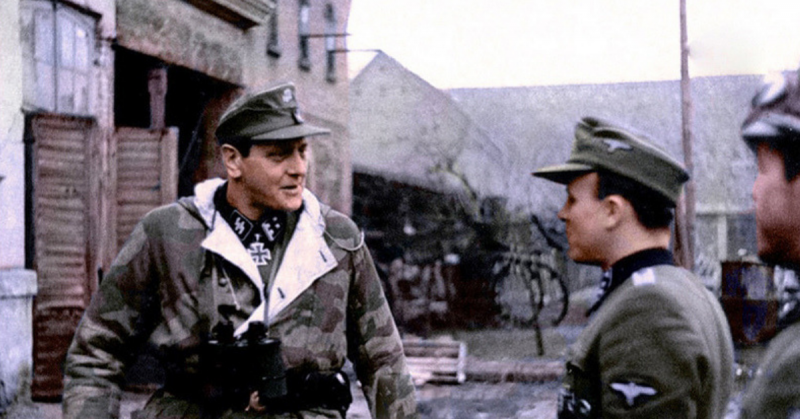It was one of the most awkward moments of the Second World War. Just as the Germans were launching their last great attack, the highest American commanders found themselves under virtual house arrest, unable to move freely for fear of assassins. All thanks to the work of one German commander.
A Great Deception
SS Colonel Otto Skorzeny was a legendary figure in Nazi Germany. Most famous for his daring rescue of Mussolini in September 1943, the paratroop commander had also been responsible for other key operations, gaining a considerable reputation for commando warfare.
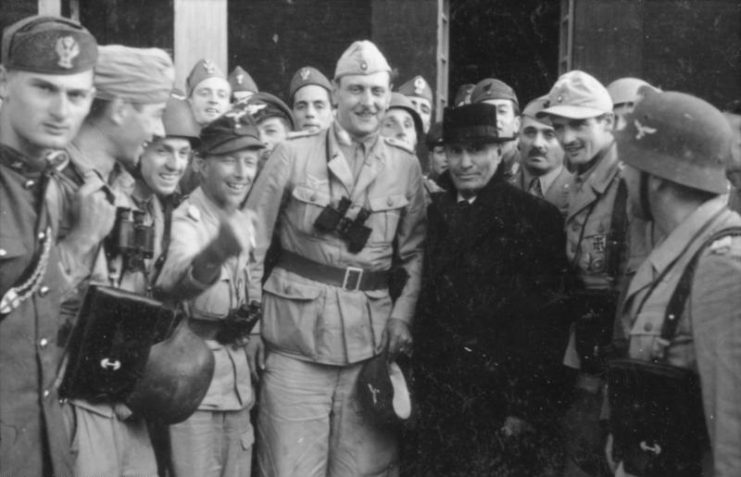
In the autumn of 1944, Hitler gave Skorzeny a new and very specialized challenge. He was to prepare a group of infiltrators who would cross the Allied lines and sow confusion among the enemy just as the main German army launched an assault through the Ardennes.
Skorzeny gathered over 3,000 English-speaking troops at an isolated training camp. They were dressed in captured American uniforms, carried American equipment, and rode in American vehicles. Working in three-man teams consisting of a radio operator, an explosives expert, and a driver, they would operate in American-held territory, carrying out acts of sabotage and gathering information for the advancing forces.
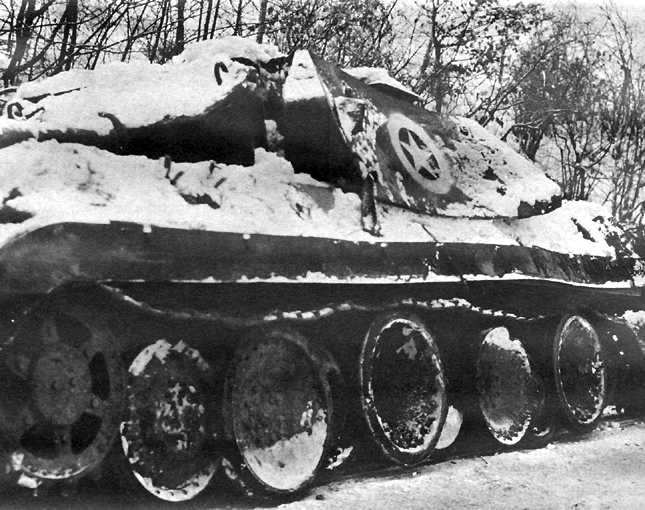
If all went as planned, the American forces would descend into chaos, allowing the Germans to break through their lines and transform the balance of the war.
Alarm Among the Americans
When Operation Autumn Fog launched on the 16th of December, Skorzeny and his men were at the ready.
Unfortunately for them, there were problems with the launch of the operation. Roads became crowded with vehicles, hindering their way to and through the front. Skorzeny himself had to get out of his car and walk.
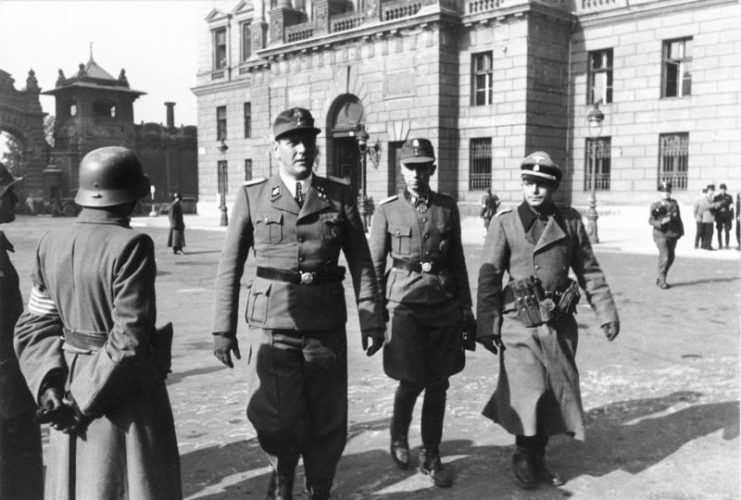
When they did get through the lines and into the American zone, the infiltrators had some successes. They altered signposts, redirected units, and cut communication cables.
The scale of these successes was limited. Like so much else about Autumn Fog, Skorzeny’s operation was based upon overestimating the capabilities of the Germans and underestimating those of the Allies. Most of the infiltrators didn’t convince the Americans they met of their identities.
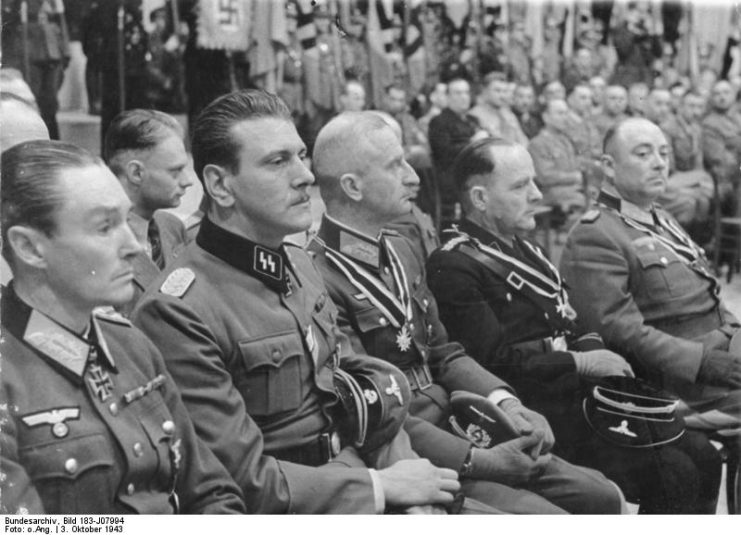
Some retreated before they did much harm, while others were captured. Having been caught behind the lines in disguise, they were not treated as prisoners of war but were eventually shot as spies and saboteurs.
Ironically, these failures contributed to the biggest impact the operation had – sowing panic among the enemy. As infiltrators were captured and interrogated, the Americans learned that there were enemy agents among them. This information was quickly shared with troops in the field, leading to widespread alarm.
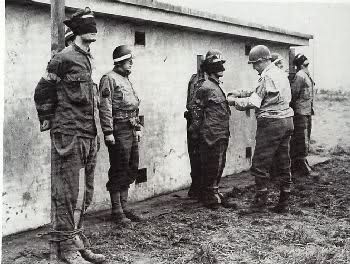
Rumors spread faster than fire through a forest. The Germans were among them…they were saboteurs and assassins…and they were after American commanders right to the very top – General Eisenhower, the Supreme Allied Commander.
Commanders Under Guard
This created a problem for the ordinary American fighting man. The ability to work together in an army relied on being able to trust others based on their uniforms and obeying them based on their rank. If they couldn’t do that with confidence, then how could they function as an army?
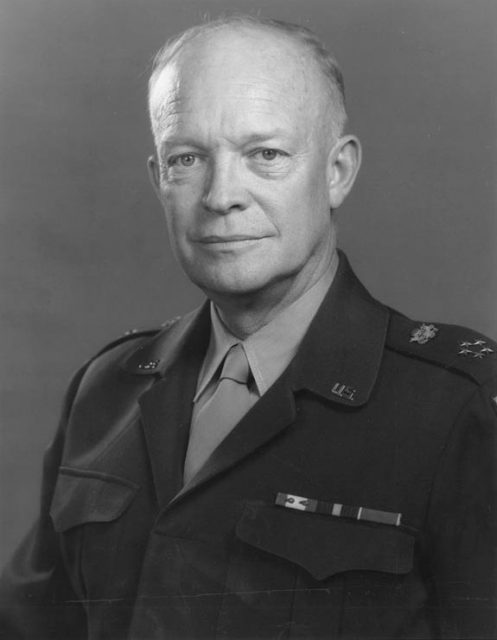
To the credit of American soldiers, they took the threat seriously. Even the most senior generals were forced to present their identity cards as security reached a peak not seen since D-Day. Suspicious individuals were detained and questioned. In some cases, this went too far, with units arresting their own officers.
Fearing that the Germans would try to take out senior commanders, rigorous security measures were introduced. General Omar Bradley, commander of the largest ever American army group, had his life turned upside down by his security detail. They only let him enter his headquarters at the Hotel Alfa through the back door and kitchen.
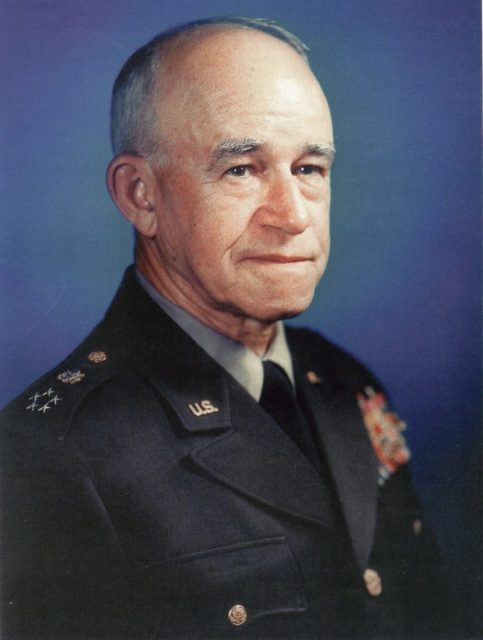
Every night he was moved to a different room in the hotel, in case the Germans worked out where he was sleeping. He had to give up his general’s helmet with the stars on the sides as well as his star-marked Cadillac. Instead of traveling in comfort, he was driven through the icy December weather in an anonymous, open-sided jeep.
It’s no wonder that the general, usually one of the more tolerant men in the American military establishment, complained about all the panic and wasted time.
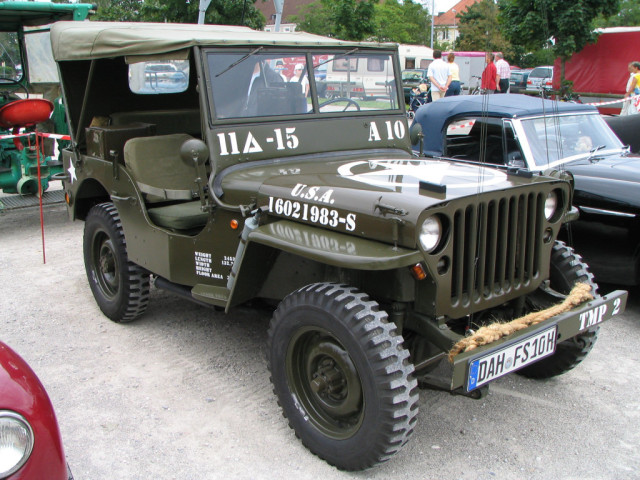
Eisenhower on Lockdown
The greatest disruption came to the life of the commander in chief. The Allies couldn’t take any chances with the man who planned their operations across Western Europe, so Eisenhower’s security team went into overdrive.
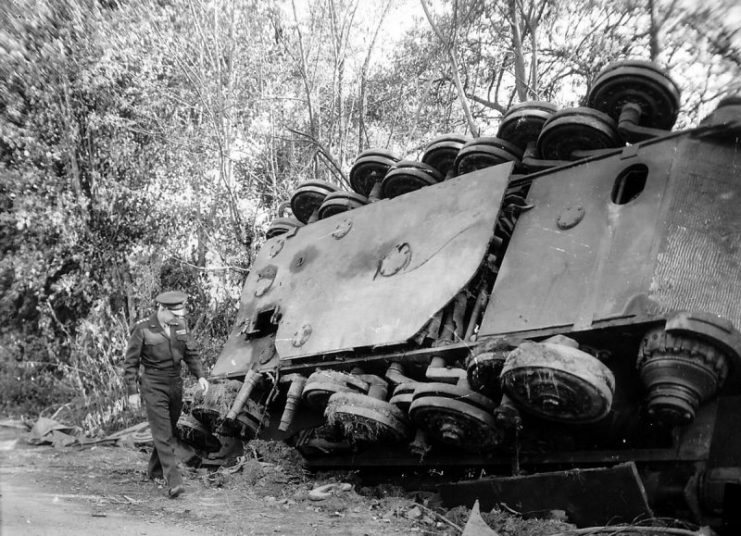
The future president, who had established a comfortable social life around his Paris hotel, was moved out to a more secure location at Versailles. There, he lived under the constant watch of a battalion of military police, working in the confinement of a locked and shuttered room.
On the orders of his security chief, he traveled from building to building in a tank, to be protected by its armor.
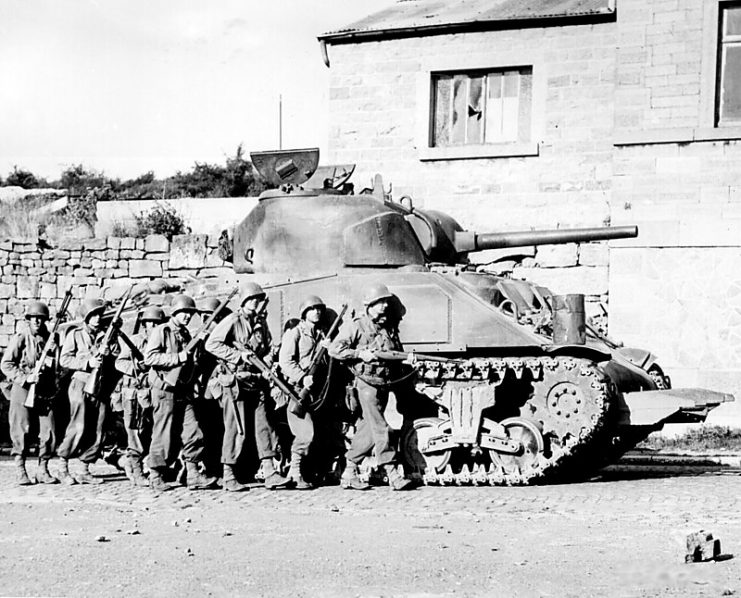
It was a frustrating period for Eisenhower, living under virtual arrest by his own men. He was allowed to return to his hotel briefly on Christmas Eve, just long enough to get a change of clothes. He was also permitted a modest Christmas party at his HQ, but for a political general who had been enjoying parties with celebrities only two weeks before, it was a serious comedown.
Meanwhile, he struggled to manage commanders such as the despondent Bradley and the strong-willed Montgomery without the advantage of going out to see them in person.
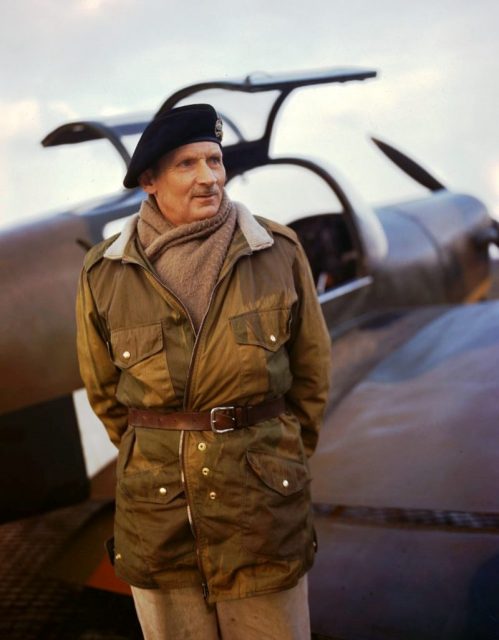
Within a few weeks, Autumn Fog was thwarted. The breakthrough in the Ardennes turned into the Battle of the Bulge. The Germans took heavy losses, exhausting their last chance to strike back against the Allies. As the tension eased away, the lives of American officers returned to normal.
Read another story from us: Five Successful Missions of a Waffen SS Mastermind, Otto Skorzeny
Skorzeny had cost them a comfortable Christmas but not the war.
